Affiliate disclosure: This post may contain affiliate links. Please see our Privacy Policy.
Soap making mistakes are part of the learning process, especially when you’re just starting out. If you’re a new soap maker, it can feel overwhelming to manage ingredients, track temperatures, and follow safety guidelines—all while hoping that your first batch actually turns out right.
The good news? Most beginner mistakes are easy to avoid with a little preparation and a few key tips.
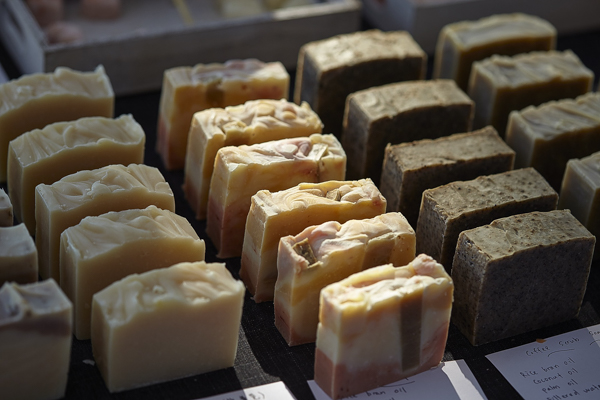
I still remember the thrill—and nervous energy—of making my very first cold process soap. I had read everything I could find, double-checked every measurement, and hovered over my mixing bowl like I was disarming a bomb. If you’re feeling a mix of excitement and anxiety, you’re in good company.
Soap making might seem complicated at first, but once you get the hang of it, it becomes second nature.
Soapmaking Mistakes
When you’re new to making soap, it’s easy to get intimidated by all the tools, ingredients, and steps involved. From working with lye to figuring out what “trace” actually looks like, there’s a lot to learn—and a lot of room for things to go sideways. But here’s the reassuring part: almost all beginner soap making mistakes can be prevented or corrected without losing your batch.
Beginner bumps are all part of the process, but with a little planning, you can prevent mistakes before they happen.
These are the most common beginner soap making mistakes:
Skipping Safety Equipment
Soap making involves lye, a caustic substance that requires proper handling. One of the most common beginner mistakes is jumping in without the right safety gear. Yes, it might feel like overkill—but safety glasses and gloves are absolutely essential.
Make sure you’re wearing:
- Gloves (chemical-resistant or even kitchen gloves)
- Long sleeves and pants
- Closed-toe shoes
- Safety glasses
- A mask or respirator while mixing lye
Even a small splash can cause a painful burn. A friend of mine once had a tiny drop of lye water hit her cheek, and it didn’t take long to realize something was wrong. Knowing her story, I never make soap without full protection—and you shouldn’t either.
Use a well-ventilated space (like a kitchen with the fan on and a window open) when mixing lye with water. The fumes fade quickly, and once they do, you can remove the mask and get back to soaping.
Measuring Ingredients Incorrectly
If you’re eyeballing measurements or using cups and spoons, stop right there. Soap making requires precision. Always use a digital kitchen scale and measure your ingredients in grams for accuracy.
Run every recipe—yes, even trusted ones—through a soap calculator before you begin. It only takes a few minutes and ensures your lye-to-oil ratio is correct. Mistakes in measurement are one of the fastest ways to end up with lye-heavy or failed soap.
Also, be sure to use distilled water, not tap water. Impurities or hard water can interfere with the soap making process, especially when you’re just starting out.
Making Soap in a Distracting Environment
Soap making isn’t something to do with kids or pets underfoot. A common beginner soap making mistake is trying to multitask or work in a chaotic space.
Choose a quiet, well-lit area with running water, and check off each ingredient as you add it. I like to make soap at night, after the house is quiet. Distractions can lead to missed ingredients or rushed steps—and that can ruin a batch.
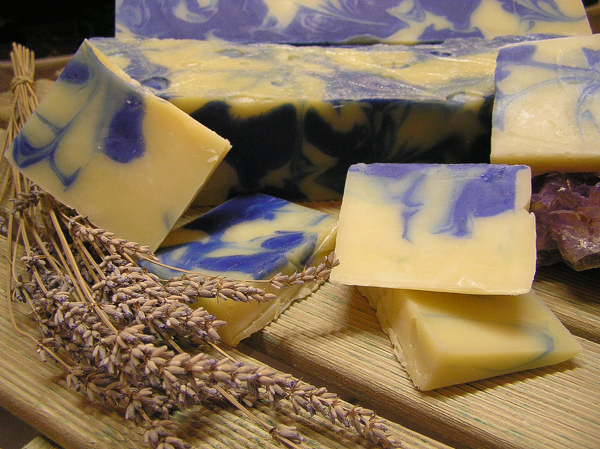
Starting with a Complicated Recipe
It’s tempting to jump right into swirling colors and adding essential oils, but that’s one of the biggest mistakes new soap makers make. Stick with a simple soap recipe your first few times. No fragrance oils, colorants, or milk soaps.
Something like this Tallow Soap Recipe with just a few ingredients. If you’re not into tallow, you can choose a recipe from this list of beginner friendly soap making recipes.
Additives like essential oils can speed up trace or cause your batch to seize—meaning it turns into a clumpy mess before you can pour it. Learn the basics first, then experiment once you’re confident with the process.
Obsessing Over Temperature
Many beginner soap makers think the lye and oils must be exactly the same temperature before combining. Not true!
When I first started making soap, I spent hours fiddling with thermometers and cooling bowls just to get them within a degree. Now? I soap at room temperature.
I melt and mix my oils ahead of time and let both the oils and lye water cool naturally to somewhere between 90°F and 120°F. Once they’re in a safe range, I go ahead and combine. It’s simple, safe, and you know what, it works every time!
Our Grandma didn’t have fancy thermometers when they made soap. Aim for a safe range of 90 to 120 degrees for the oils and lye water.
Using the Wrong Tools
Lye is highly reactive with certain materials—especially aluminum and other metals. Use only stainless steel, heavy-duty plastic, or heat-safe glass for containers and utensils.
Avoid wooden spoons (lye will eat them over time) and never reuse soap-making tools for cooking. Label your spatulas, containers, and stick blender as “soap only” to keep your kitchen safe.
Here’s a basic list of soap making tools:
- 2–3 plastic or glass containers
- 2 silicone spatulas (one for lye, one for oils)
- Stick blender
- Thermometer
- Digital kitchen scale
A stick blender is a worthwhile investment and will dramatically reduce mixing time. I found mine at a thrift store and it’s held up for years—just make sure it’s used only for soap.
Handling Lye Incorrectly
Always, always pour lye into water, not the other way around. Pouring water into lye can cause a dangerous volcanic reaction. Mix slowly and carefully, in a ventilated area, and stir until the solution is fully dissolved.
Use a clear glass bowl if possible—it helps you see whether any lye flakes are sitting at the bottom. Undissolved lye can lead to harsh, lye-heavy soap that’s unsafe to use.
Once dissolved and cooled to a safe range, pour the lye solution into your oils—not the other way around—and blend to trace.
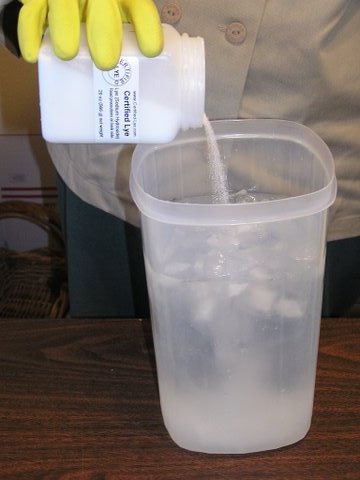
You’re Ready to Make Soap!
Every soap maker starts somewhere, and small mistakes are part of the learning process. Now that you know what to watch for, you can avoid the most common soap making mistakes and feel confident moving forward.
Still not ready to dive into cold process soap? Try making a simple melt and pour soap recipe first. Either way, you’re one step closer to creating beautiful handmade soap from scratch.
Soapmaking Resources
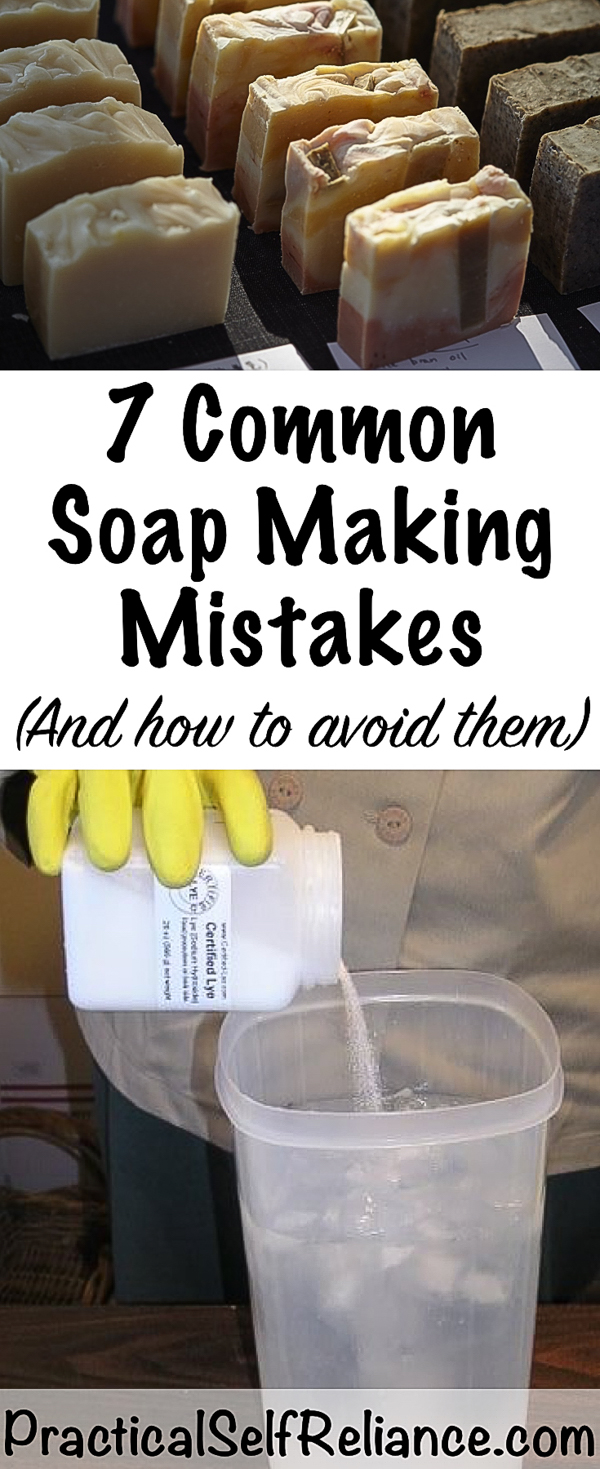
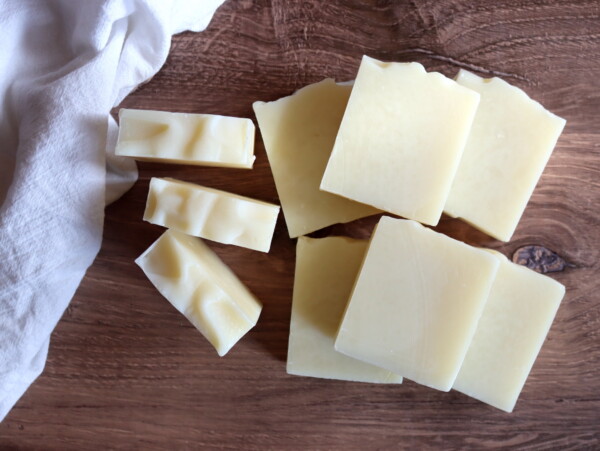
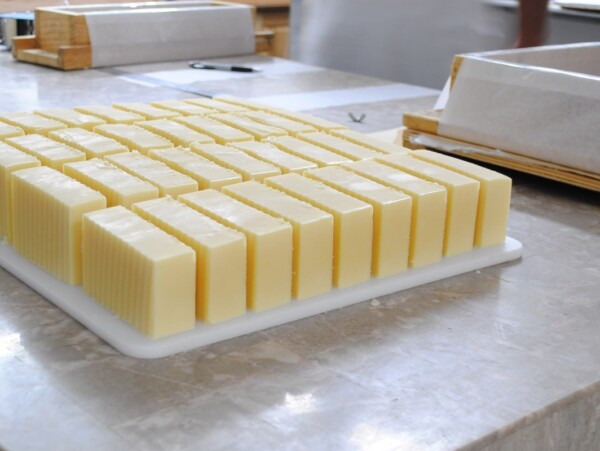
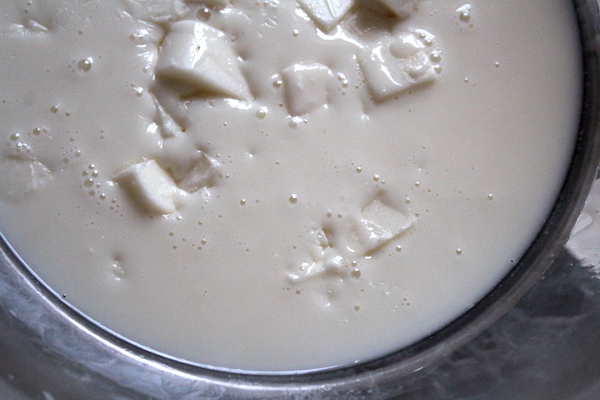

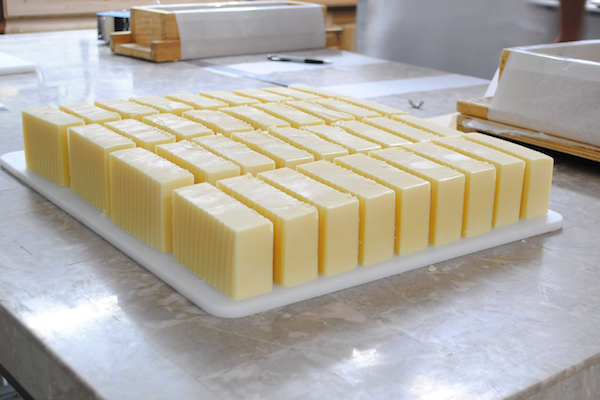

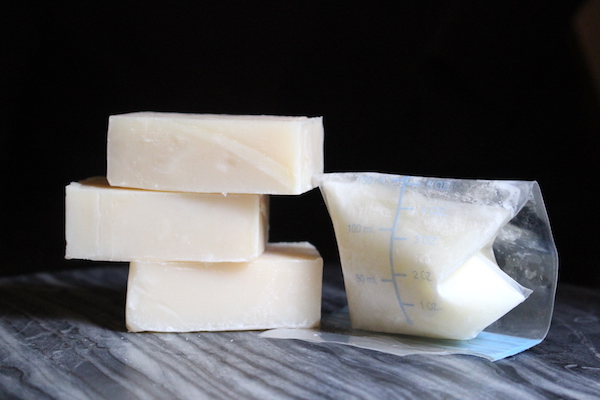
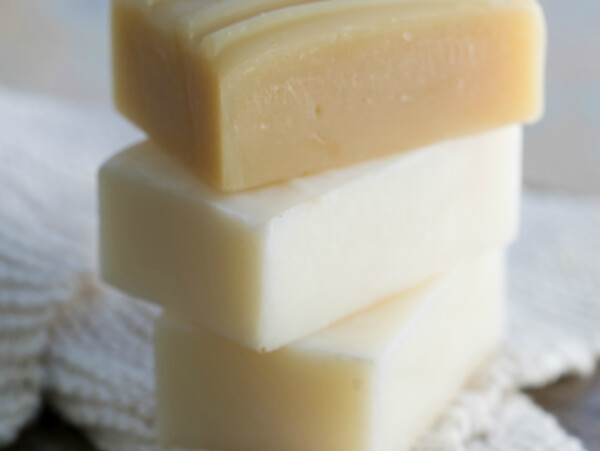

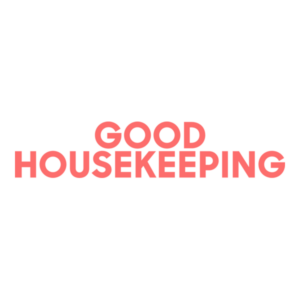



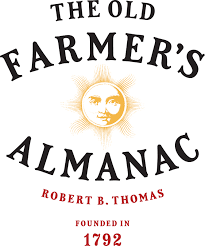

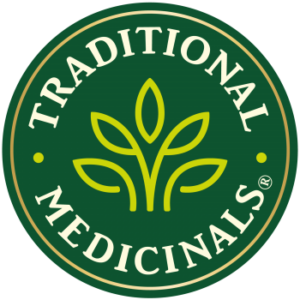


I am interested in making soap for the first time but I don’t know that I want to invest in an immersion blender. How long does it take to hand-stir? I have a strong arm and am used to hand-stirring many things.
I would really recommend an immersion blender for soap making. You can get one for fairly cheap and it can sometimes take hours to stir it by hand.
Ok thanks for the advice! I’ll see if I can find a good used one.
I have an immersion blender but it is metal. Would you suggest getting one that isnt metal except for the mixing blade or will any stick blender work? TIA
If it’s stainless steel then it’s fine but I wouldn’t take a chance on any other metals.
So when you say you mix your lye into your emulsified oils – do you let your lye cool down a bit first?
I have never soaped at room temp but would like to try it.
I mix my lye first and then as it is cooling I weigh my oils and heat them up. Once the lye cools to about 100-110 degrees Fahrenheit, I add the lye solution to the warmed oil. I prefer to mix them when they are both at approximately 100-110.